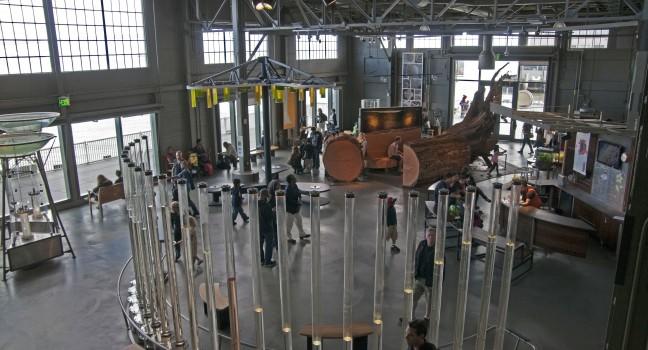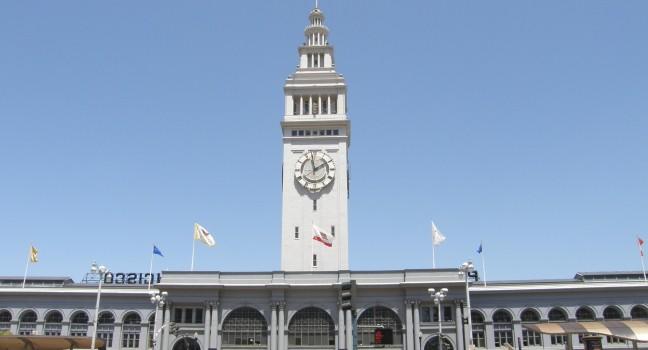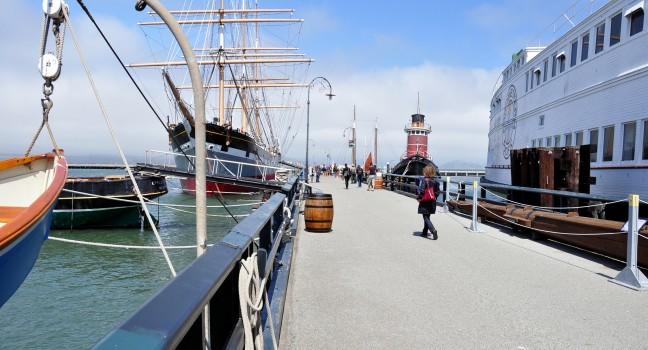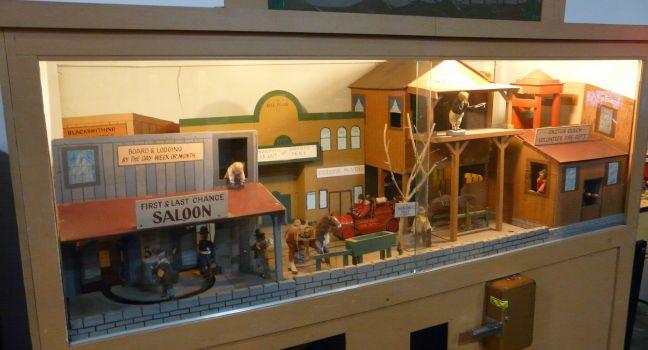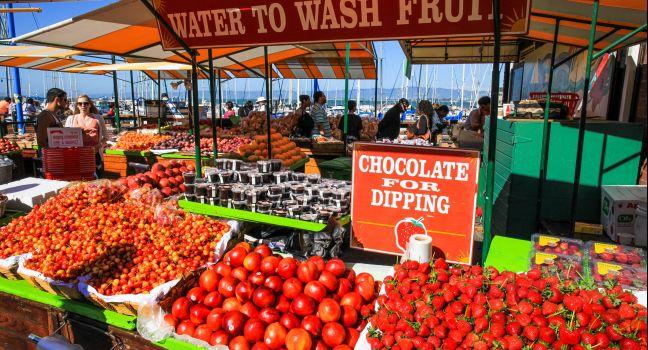Alcatraz

Thousands of visitors come every day to walk in the footsteps of Alcatraz's notorious criminals. The stories of life and death on "the Rock" may sometimes be exaggerated, but it's almost impossible to resist the chance to wander the cell block that tamed the country's toughest gangsters and saw daring escape attempts of tremendous desperation. Fewer than 2,000 inmates ever did time on the Rock, including Al "Scarface" Capone, Robert "The Birdman" Stroud, and George "Machine Gun Kelly."
Some tips for escaping to Alcatraz: (1) Buy your ticket in advance. Visit the website for Alcatraz Cruises to scout out available departure times for the ferry. (2) Dress smart. Bring a jacket to ward off the chill from the boat ride and wear comfortable shoes. (3) Go for the evening tour. The evening tour has programs not offered during the day, the bridge-to-bridge view of the city twinkles at night, and your "prison experience" will be amplified as darkness falls. (4) Be mindful of scheduled and limited-capacity talks.
The boat ride to the island is brief (15 minutes) but affords beautiful views of the city, Marin County, and the East Bay. The audio tour, highly recommended, includes observations by guards and prisoners about life in one of America's most notorious penal colonies. Plan your schedule to allow at least three hours for the visit and boat rides combined.
